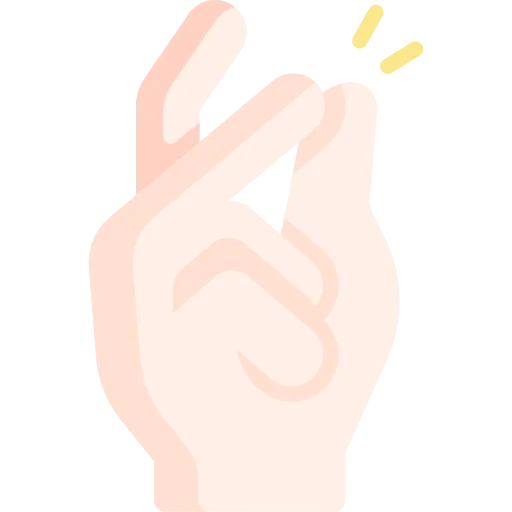Termite droppings, or also referred to as droppings, excrement, and cast skins, are the final part of a termite’s digestive system. Droppings are a termite’s way of disposing of anything that will not be eaten again. Termites excrete their droppings as they cannot digest them. Seeing as how the droppings do not have any nutritive value and will not provide any nourishment to the colony either, they are essentially waste products that are disposed of.
Termites produce droppings in order to protect themselves from predators and other irritants. Different species of termites have different types of droppings and these may vary depending on where you live and what type of environment your home is built in. You may see soil-based pellets or firmer gelatinous masses if the termite species is a softwood-feeder or hardwood-feeder; however, there are also some species that may produce both types of droppings.
Droppings of Termite Species
In general, termite droppings will be either black or whitish-grey in color.
If you are dealing with wood-feeding species of termites, the droppings may have a dark brown color and are often found with a woody smell.
Firmer gelatinous masses that can range from light grey to yellowish-brown in color are produced by species such as the drywood termite.
Finally, soil-based pellets can also be black or grey in color and may have a damp earthy smell.
No matter what your species of termite is, it is important to know how to identify their poop so that you will know what they are leaving behind.
Droppings of Termite Types
Any type of termite droppings that are irregularly shaped, not smooth and oval, and have a dark color will likely be from an invasive species. Termites of this type are most likely coming into your home, like carpenter ants. The other types of termite droppings you may see are crescent-shaped pellets or round gelatinous masses. These types of droppings are also often produced by the softwood-feeder and hardwood-feeder species of termite.
Softwood-feeders produce pellets for protection against predators; however, these pellets are generally smaller than those produced by hardwood feeders. Hardwood-feeders produce large gelatinous masses that can be very difficult to see if they haven’t been disturbed in awhile as they can become entombed in the wood substrate.
Droppings of Soil Termites
Soil-based droppings are the most common of all. They are made up of soil and may be shaped like golf balls, teacups, or small pellets. They have a dark color because the soil where they are made is very rich in carbon. They also have a strong odor that is noticeable because of their size.
Droppings of Softwood Termites
Softwood-feeders, such as subterranean termites, produce droppings that are dark in color and resemble soil-based pellets. These pellets are made of a type of cellulose called “termite fecal cellulose.” They may also appear to be somewhat moist. They are made in a semi-liquid form and can be hard or soft depending on the individual termite species.
The droppings of hardwood-feeders tend to have a firmer consistency and they do not resemble soil-based pellets as much. The droppings are also white in color, which is caused by the large amounts of calcium carbonate found in their digestive systems.
Dropping feces in a nest with softwood termites
Softwood termites are the type of termite that will create a gelatinous mass. They create this type of fecal matter to protect themselves from predators and other irritants. The gelatinous mass is produced by enzymes excreted through the anus and filled with air so it does not feel solid like a ball of droppings would.
The gelatinous masses may also contain wood particles, as wood is one of the primary things that softwoods eat. When this happens, termites produce firmer pellets in order to hide their feces from predators. So, if you see something that looks like a pile of compost or soil on your porch or deck, you can be sure that it is actually fecal matter created by softwood-feeders.
Dropping feces in a nest with hardwood termites
Termite droppings are different in size and appearance depending on the type of termite. Some species produce a gelatinous mass that is thinner than soil pellets and these types of droppings have the consistency of jelly. They might also produce a dry granular-like waste material that is drier and has a more powdery or chalky texture.
The color of the droppings depends on the type of termite, but most species produce them in shades of brown or black, including light brown or white. There are also some species that produce feces that are greenish-yellow, orange, or tan.
Termites have no mouths so they cannot eat their own excrement; however, they do use it to protect themselves from predators and irritants like other insects and fungi.
Droppings of Resin-Feeding Termites
Resin-feeding termites produce a gelatinous mass of waste. This is because the resin produced by them has a high water content, which is what makes the droppings gel-like. These droppings are typically dark brown or black in color and may be smooth or cracked with rough edges. The droppings are typically circular or oval in shape, depending on the species, size, and age of the colony.
The type of droppings that you see will depend on the termite species and can also vary based on where you live as well as what type of environment your home is built in. You may see clay pellets if the termite species is a soil-feeder; however, there are other types that may produce both types of droppings.
Droppings of Mason and Colored-Wood-Feeder Termites
When a termite species is in the process of digesting wood, they will produce firmer droppings that are a dark brown or black color. These pellets are referred to as mason or colored-wood-feeder droppings. Quite often, you might see these droppings in piles on the ground or on their bodies if they have been killed by predators.
If the termite is not in the process of digesting wood, however, then you may see gelatinous masses that are sticky and white in color. These are called soldier or fecal droppings. The size and consistency of fecal droppings can vary depending on where your home is located and what type of soil it has been built on.
Droppings of Dust-Feeder Termites
Termites that eat a lot of dust and dead plant material are known as dust-feeders. These termites produce a gelatinous mass with a smooth, shiny surface. The droppings are squat and tubular in shape, while they are white to tan in color. Dust-feeders will also sometimes produce a thin layer of soil on top of their droppings that is caused by the fact that they like to feed on the ground.
Summary
Termites are not known for their good looks, but they produce a lot of droppings. The color of the droppings may vary depending on the type of termite, where it is found, and what it feeds on. As mentioned before, you may see both types of droppings: soil-based pellets or firmer gelatinous masses if the termite species is a softwood-feeder or hardwood-feeder.
The color of the droppings will usually be black, brown, or green. Soil-based pellets are typically more common in natural environments with rich plant life; however, gelatinous masses are more commonly seen in areas that have had little to no human activity since the construction of buildings and other structures began.
It is important to note that termite droppings can tell you a lot about your property and its condition with just one glance. But in order to identify them properly and learn more about what they mean for your home’s well being, you’ll need to be familiar with their appearance first.




